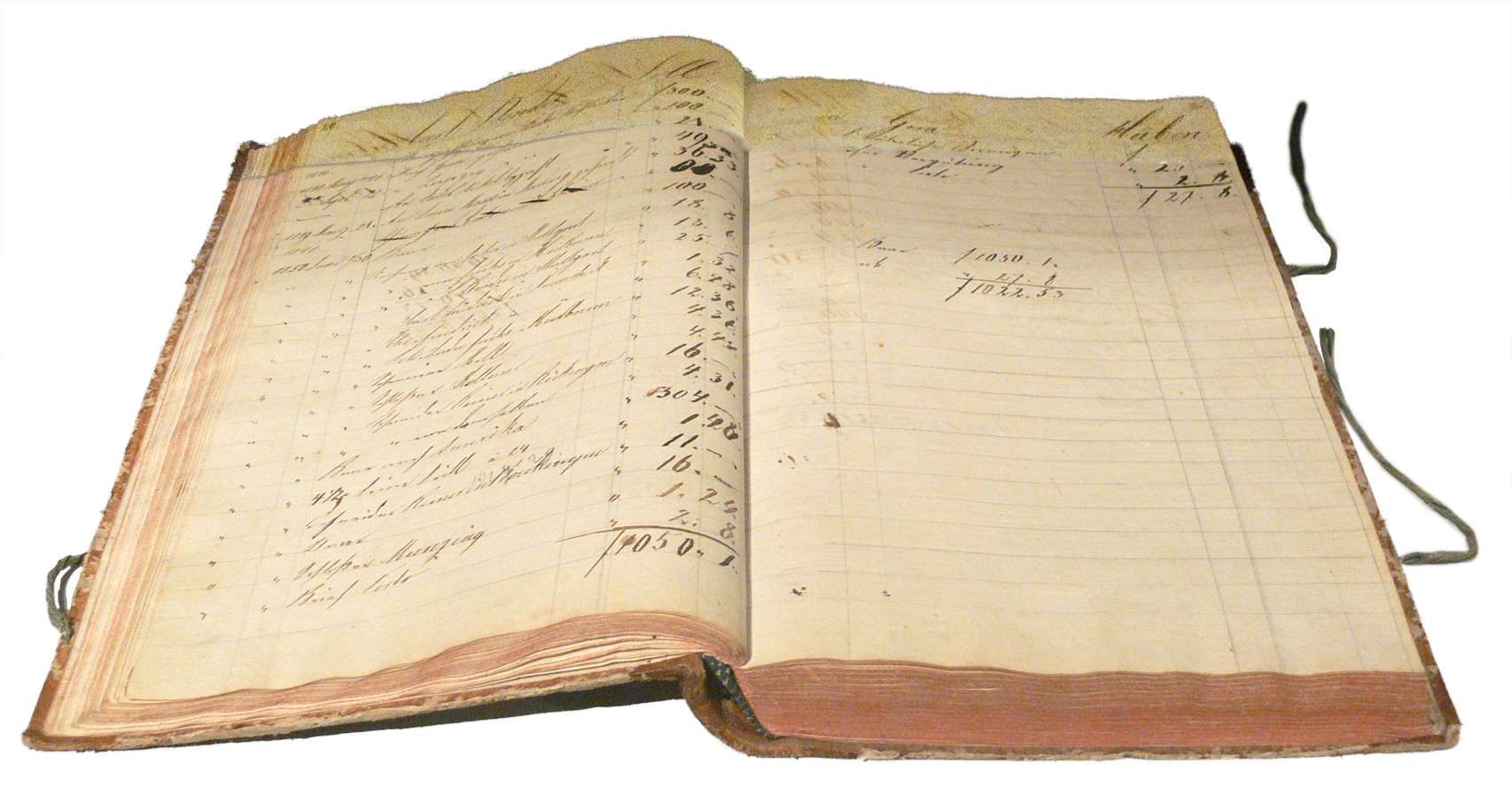Payroll
- Employee Classification
- Salary and Hourly Wages
- Timekeeping and Attendance
- Overtime and Overtime Pay
- Benefits and Deductions
- Payroll Taxes
- Payroll Software
- Direct Deposit and Paper Checks
- Payroll Cycles
- Payroll Compliance
- Record Keeping
- Year-End Reporting
Payroll Auditing and Reviews
Conducting Payroll Audits: A Comprehensive Guide

Systematic and independent examination of books, accounts, documents and vouchers of an organization.
Payroll audits are an essential part of maintaining a healthy and compliant business. They help identify errors, discrepancies, and inefficiencies in your payroll system, allowing you to correct them before they become costly issues. This article will guide you through the steps involved in conducting a payroll audit and how to use the findings to improve your payroll processes.
Steps in Conducting a Payroll Audit
-
Define the Scope of the Audit: Before you begin, decide what aspects of your payroll system you want to audit. This could include employee classifications, wage rates, overtime calculations, tax withholdings, benefits deductions, or record-keeping practices.
-
Gather Relevant Documents: Collect all necessary payroll records, including time cards, pay stubs, tax forms, and employee files. Ensure you have complete and accurate records for the period you're auditing.
-
Review Employee Classifications: Verify that each employee is correctly classified as full-time, part-time, or contract, as this can affect their pay rate, overtime eligibility, and benefits.
-
Check Wage Rates and Overtime Calculations: Confirm that employees are being paid at the correct rate for their classification and that overtime is being calculated correctly according to labor laws.
-
Examine Tax Withholdings and Deductions: Ensure that taxes and other deductions, such as social security and health insurance, are being correctly withheld from employees' paychecks.
-
Analyze Payroll Records: Look for discrepancies or inconsistencies in your payroll records, such as missing time cards or unexplained changes in pay rates.
-
Document Your Findings: Keep a detailed record of any issues you find during the audit. This will be useful for addressing these issues and for future audits.
Using Audit Findings to Improve Payroll Processes
Once you've completed the audit, it's time to use your findings to improve your payroll processes. Here's how:
-
Address Identified Issues: Correct any errors or discrepancies you found during the audit. This might involve adjusting pay rates, correcting employee classifications, or updating tax withholdings.
-
Update Payroll Policies and Procedures: If the audit revealed systemic issues with your payroll processes, you may need to update your policies and procedures to prevent these issues from recurring.
-
Train Your Staff: Ensure that everyone involved in payroll is trained on your updated policies and procedures. This will help prevent errors and ensure consistency in your payroll processes.
-
Implement a Regular Audit Schedule: Regular audits can help you catch and correct issues before they become major problems. Consider conducting a payroll audit annually, or more frequently if necessary.
Conducting a payroll audit may seem like a daunting task, but it's a crucial part of maintaining a compliant and efficient payroll system. By following these steps and using your audit findings to improve your processes, you can ensure that your payroll system is accurate, compliant, and efficient.